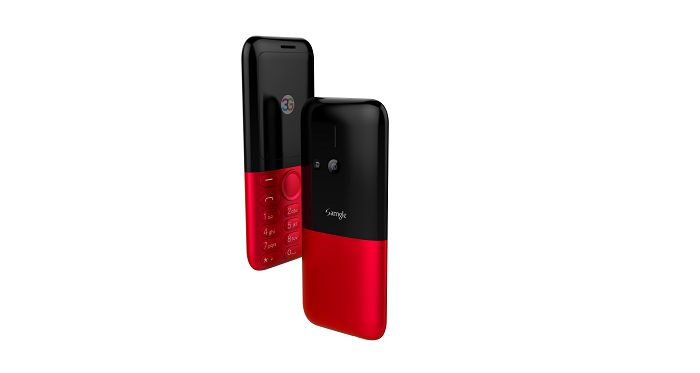


3310X 3G Feature Phone
-
Payment


-
Origin
China Mainland
-
Minimum Order
5
-
Packing
Pieces
- Contact Now Start Order
- Description
Product Detail
The all new #Samgle 3G 3310 X Series brings to you a futuristic design.
Samgle 3G 3310 X comes in 4 color variants, Black, Red, Blue, Gold
Tip:
Unlocked for Worldwide use. Please ensure local area network is compatible. click here for Network Frequency of your country. Please check with your carrier/provider before purchasing this item.
Samgle 3310 X 3G Unlocked Phone Bluetooth Dual SIM 0.08MP Camera 3D Screen
Main Features:
Back Camera: 0.08MP ( SW 2.0MP )
Display: 2.4 inch screen
Dual SIM Dual Standby: dual standard SIM
RAM + ROM: 64MB RAM + 128MB ROM
Battery: 850mAh li-ion battery
Bluetooth: V2.1 + EDR
Networks:
2G: GSM 850/900/1800/1900MHz
3G: WCDMA 900/2100MHz
Specification
Basic Information | Brand: Samgle |
Network | Network type: GSM+WCDMA |
Display | Screen type: Capacitive |
Camera | Camera type: Single camera |
Connectivity | SIM Card Slot: Dual SIM, Dual Standby |
Media Formats | Music format: AMR, MP2, MP3, WAV |
Languages | Languages: English, Espanol, Portuguese, Italian, German, French, Russian, Arabic, Poland, Dutch, Bahasa Melayu, Chinese, Hindi, Tamil, Thai, Myanmar |
Additional Features | Additional Features: Alarm, Bluetooth, Calculator, Calendar, FM, MP3, MP4, Sound Recorder, Wi-Fi |
Package Contents | Cell Phone: 1 |
Dimensions | Product size: 12.70 x 5.50 x 1.50 cm / 5 x 2.17 x 0.59 inches |
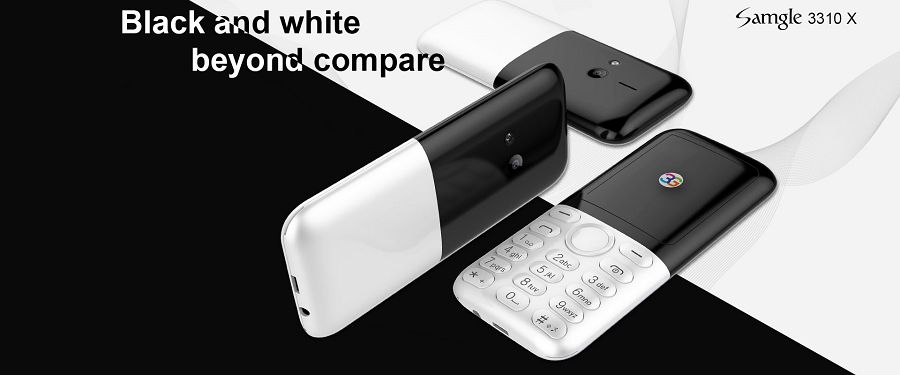
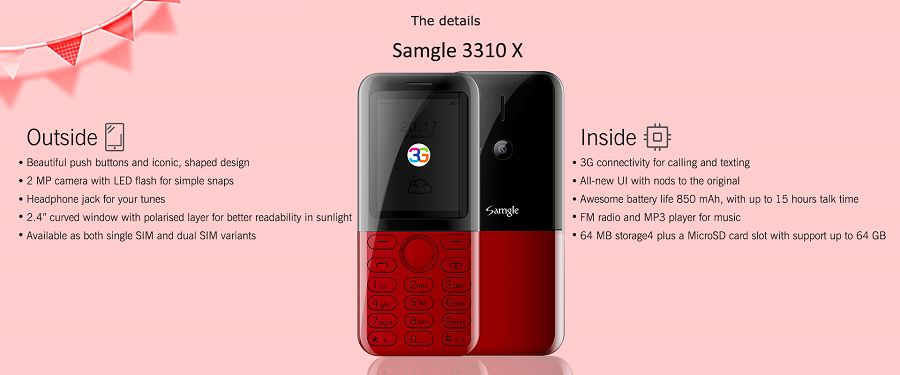

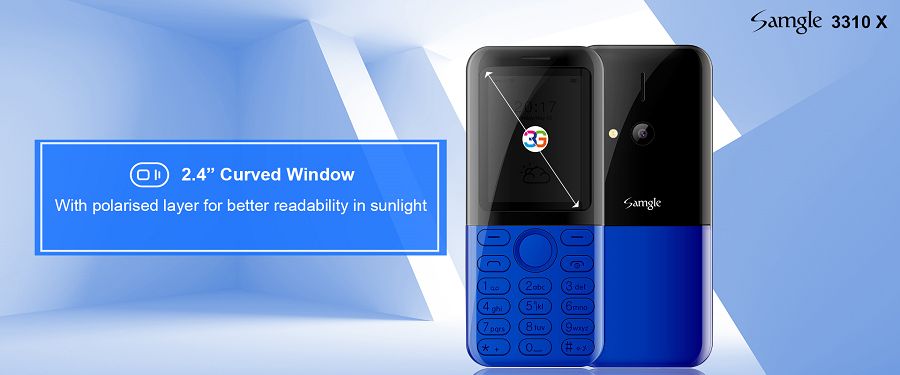
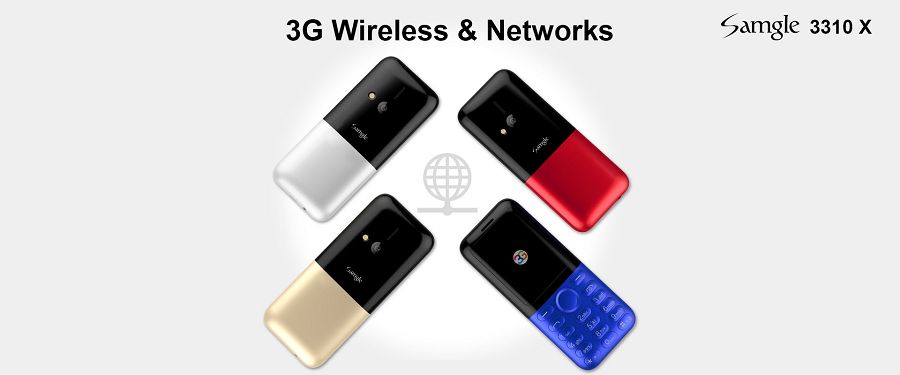

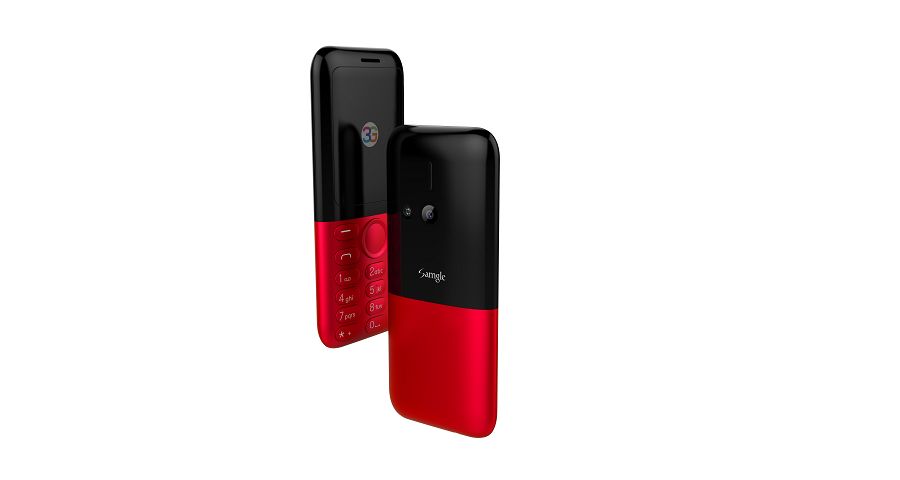
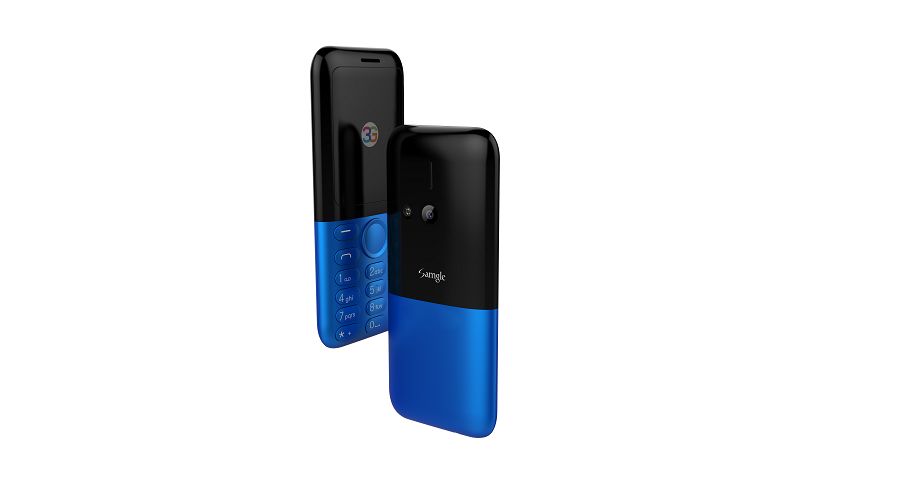
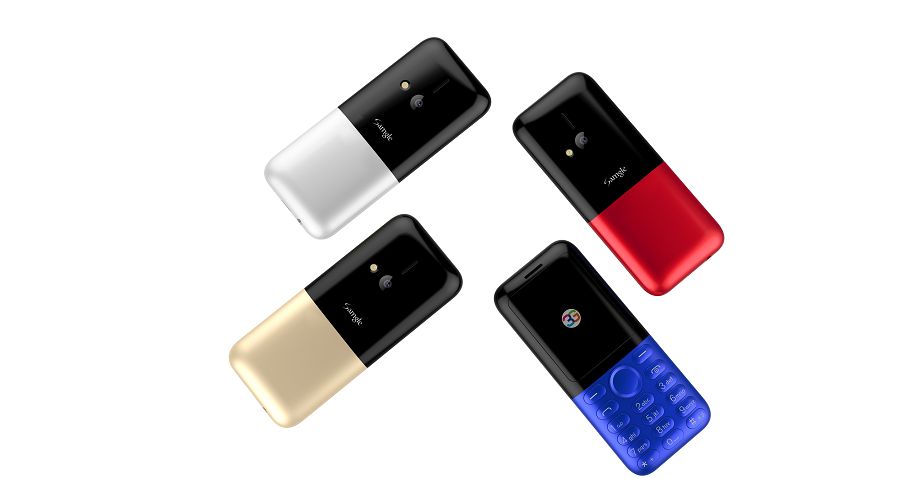
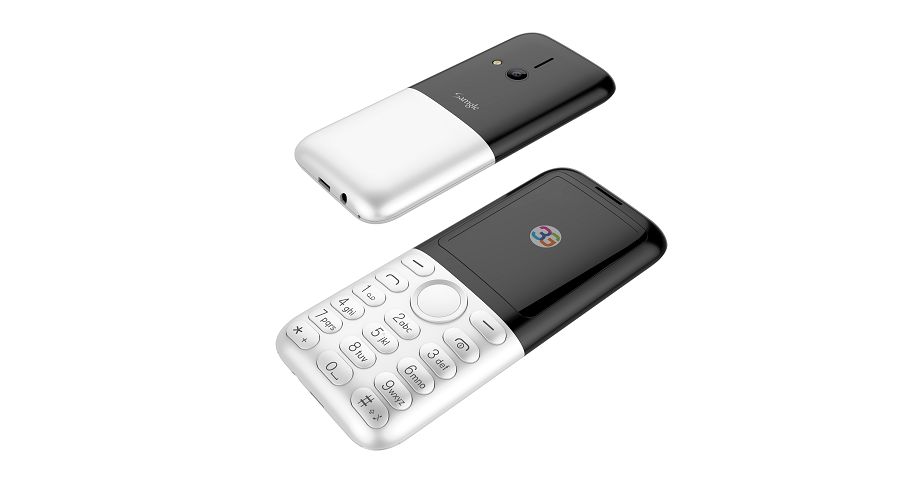
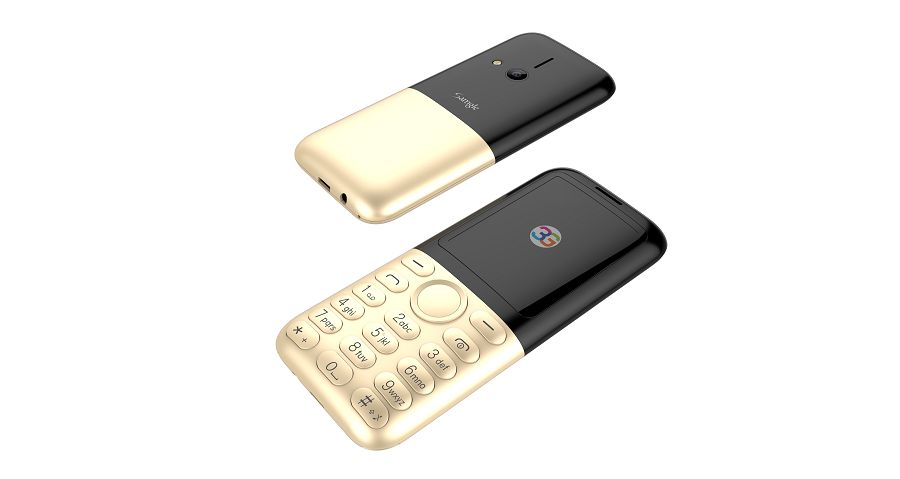
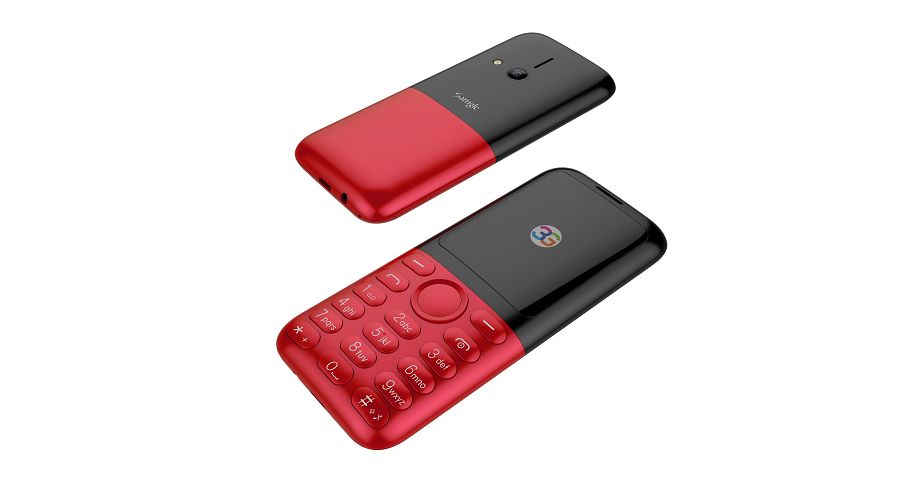
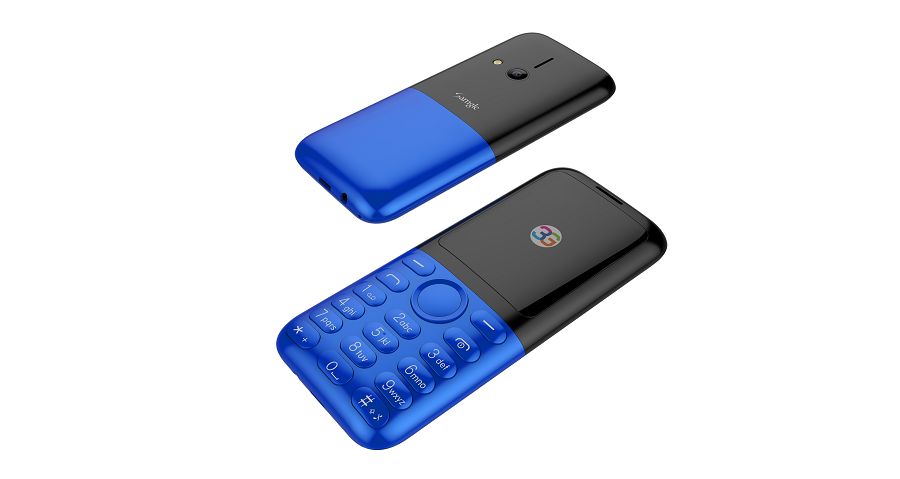
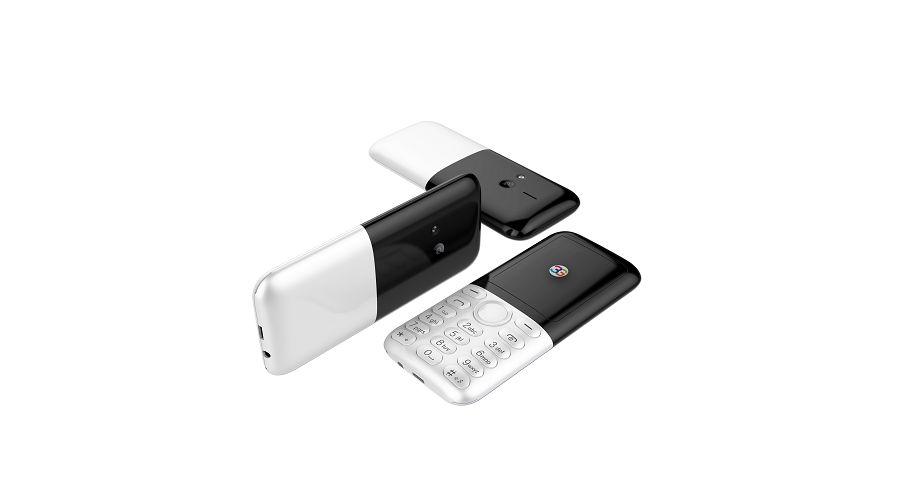
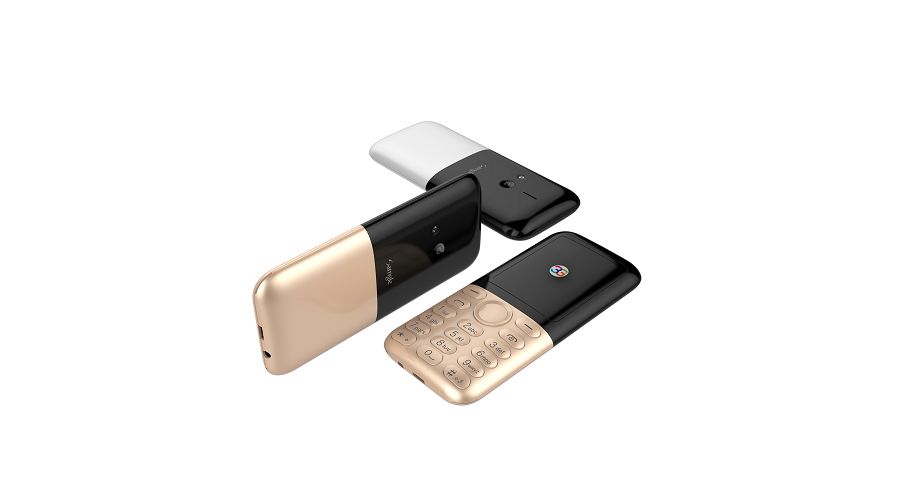
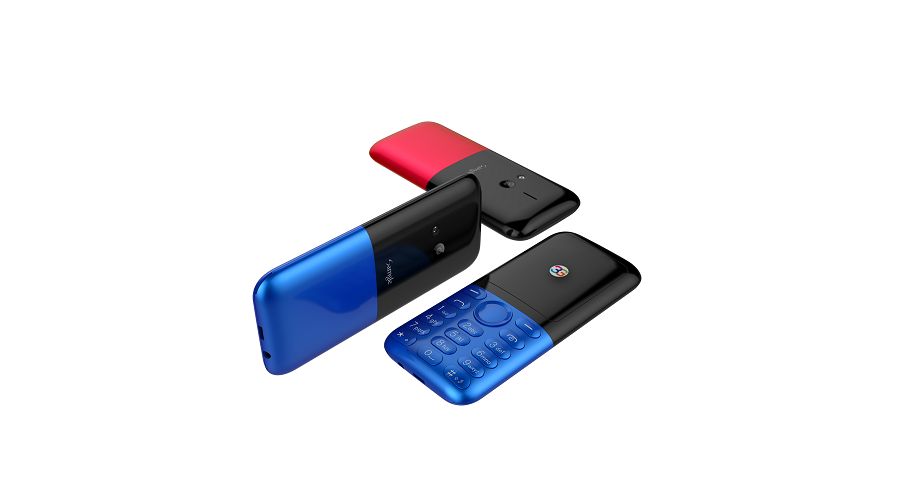

Q: Does it have English language?
A: Yes, the item can support English.
Q: Does it have spanish Language ?
A: Yes, the item can support spanish.
Q: Does it have Greek Language ?
A: Yes, the item can support Greek.
Q: hello, does this phone have the feature to record incoming calls?thank you
A: Thanks for your inquiry.
Please note that it has the call records
Q: hello, does this phone have the feature to record incoming calls?thank you
A: Thanks for your inquiry.
Please note that it has the call records
Q: Price and delivery time of the parcel to Bulgaria? Wholesale price?
A: You can see the shipping costs and delivery time for your order during the checkout.
Simply add your products to your cart and select the country of delivery, then the available shipping options and costs will be displayed.
We have 3 methods of delivery, the estimated shipping times are below:
1) Expedited Shipping: 3-7 business days
2) Unregistered Air Mail & Registered Air Mail: 10-40 business days
3) Priority Line: 5-25 business days (Only available for certain countries)
Q: I have two questions about this phone: 1) Does this phone have Wi-Fi? 2) Can WhatsApp be installed on this phone?
A: It does not have wifi. It can support to install WhatsApp.
Q: Does this phone have Hotspot option for sharing internet data?
A: Sorry it doesn't
Q: Can I receive text messages with this phone?
A: Yes, the item can support the function.
Q: Does it have Greek Language ?
A: Yes, the item can support Greek.
Q: Is this model really installed in Czech?Language Russian?
A: Thanks for your inquiry.
English, Espanol, Portuguese, Italian, German, French, Russian, Arabic, Poland, Dutch, Bahasa Melayu, Chinese, Hindi, Tamil, Thai, myanmar,
Please note that it can be set to Russian
What are 3G Networks?
Third generation or 3G networks represent an international standard for wide-area cellular networks that are replacing 2G networks. The main advantage of these networks is use of a wider radio spectrum resulting in faster data transmission for advanced multimedia services and a larger network capacity. Carriers can deliver these advantages at a reduced cost compared to 2G network technologies, though physical implementation of a 3G network can be expensive in some cases.
3G networks represent the natural evolution from previous standards. Increasingly cellular phones and handheld mobile devices have incorporated additional services to telephony. Today’s mobile devices offer high-speed World Wide Web access, emailing, messaging, video phone and multimedia services. People want to be able to watch streaming movies on their cellular phones, download and play music, store data and share files with other cellular users. 3G networks offer faster, slicker ways to do this.
These networks have been in operation globally since December 2005 and are continuing to spread. Some telecommunication companies in the U.S., Canada, Asia and Europe use a flavor of 3G called W-CDMA (Wideband Code Division Multiple Access). Others use CDMA2000, a non-compatible, competing 3G standard that includes a small family of protocols. These are known as CDMA2000 1xRTT (1 times Radio Transmission Technology), CDA2000 EV-DO (Evolution Data Only), and CDMA EV-DV (Evolution Data/Voice). Two popular mobile carries that use CDMA technology are Sprint and Verizon.
If your mobile phone utilizes a subscriber identity module or SIM card, your carrier is using a GSM (Global System for Mobile communications) network. GSM networks make the switch to 3G networks by first incorporating a General Packet Radio Service (GPRS). From here the network can be converted to a Universal Mobile Telecommunications System (UMTS), a 3G standard sometimes referred to as 3GSM. Alternately the network can incorporate an Enhanced Data rates for GSM Evolution (EDGE) system, though some people consider EDGE a 2.75G system since it is slightly slower than other 3G networks.
In practical terms, if you are looking for a GSM mobile phone carrier and that carrier offers UMTS or EDGE, you know you are getting a 3G network. Alternately, if considering CDMA carriers, look for one of the CDMA2000 flavors mentioned earlier. Be alert for newer technologies as well. As you might have expected, there is already talk of 4G networks, and protocols will continue to evolve with time to define newer standards.
What is a Bluetooth Webcam?
A Bluetooth® webcam is an electronic gadget that connects to a computer wirelessly, via Bluetooth®. Webcams often connect to a computer through a USB port, but this type of webcam only needs to charge through a USB port, and is then portable. Of course, each model may be different, but a Bluetooth® webcam may only need to be within 30 feet (approximately 9 meters) of a computer in order to transmit video.
Of course, it will be necessary for the computer to have Bluetooth® capability as well. One might choose to use a Bluetooth® webcam in order to be more comfortable when talking on a Voice-over Internet Protocol (VoIP) call, or just to allow more portability and ease of use. In addition, this type of webcam may also be used for a security camera that can be accessed remotely.
A Bluetooth® webcam may have some downsides as well. Because it is wireless, the framerate is likely to be lower than on a traditional wired or built-in webcam, which can make the video appear slightly jumpy. The framerate is often referred to as frames per second, or fps. The resolution and sound quality might be slightly lower as well. For many people, particularly those who use this type of webcam simply for conversations with friends, family, or business associates, a lower video quality may not be an issue. But for those who use a webcam to film videos, it might be a problem.
In addition, a Bluetooth® webcam is generally much more expensive than a regular webcam, and there are much fewer options available. Battery life is typically only a few hours, and the webcam may be slightly heavy on the computer's system resources. Because this is a relatively new product, this type of webcam will likely continue to change and improve as consumers offer feedback to manufacturers.
A Bluetooth® webcam may be found in stores or online, and it may be used with a desktop or laptop computer that is Bluetooth® compatible. It will likely be necessary to install additional software or drivers in order to use the webcam with VoIP software, to edit any video that has been recorded, or to save it for later use. Before purchasing a Bluetooth® webcam, it may be a good idea to read reviews online to determine how well a particular camera works, and if other consumers are satisfied with their purchases.
What is an Android?
An android is a robot designed to look or behave like a human being. The resemblance to humans may be relatively mild or scrupulously life-like in appearance. Although androids have long been the province of science fiction, modern technology has allowed the development of some android robots for a variety of functions.
In terms of definition, an android differs from robots and cyborgs in both form and function. A cyborg is a human being with robotic body parts or mental components, typically found in science-fiction literature and film. Conversely, a robot is any guided machine that can perform tasks. Androids are not actually human, but are physically designed to resemble humans to some degree while having the controllable functions of a robot.
Androids are a relatively old concept, although there is little agreement about the first record of the idea. In the 15th century, Leonardo Da Vinci designed and possibly built a robot knight that could move its arms and legs. Some android enthusiasts reference an earlier mention of androids, dating back to the 13th century. Regardless of the origin, the concept of a human-like artificial intelligence has sparked the imaginations of inventors and fiction writers for several centuries.
Famous fictional androids are quite varied in appearance and purpose. One common theme in science fiction is the idea of an android and overthrowing programming for good or ill. Famous fictional androids include Tik-Tok, from Frank Baum's Oz books, Robby the Robot, from the classic sci-fi film Forbidden Planet, and the character of Data from the television series Star Trek: The Next Generation.
As computer and electronic technology has caught up with rampant imagination, some modern inventors have created androids for a wide range of purposes. Walt Disney famously used animatronic androids to provide the rides at Disney parks with lifelike characters. In the 21st century, Japanese and South Korean robotics companies have emerged at the forefront of android development, creating human-like robots that can walk, smile, speak, and even sing.
Modern technology has allowed the combination of robotics and computer technology to create startlingly lifelike androids. Silicone skin, real hair, and complex and silent hydraulic are utilized to give the illusion of natural muscle movement, appearance, and even breathing. Some companies have ambitiously suggested that androids will soon be available commercially for a wide range of purposes, though laws and guidelines have yet to be established regarding the commercial application of this rapidly improving area of developing technology.
What are LTE Phones?
Long Term Evolution (LTE) is the designation for a wireless communication standard that was introduced in 2010 and featured data speeds far faster than previous technologies. LTE phones are simply cellular phones incorporating the hardware necessary to utilize LTE networks. There are other LTE devices, such as universal serial bus (USB) modems and tablet computers, that also can take advantage of LTE networks.
LTE is commonly publicized as being a Fourth Generation (4G) wireless technology. This not necessarily true, because there are actually two variants of LTE: Third Generation Partnership Project (3GPP) LTE, and LTE-Advanced. As of early 2011, most people talking about LTE phones tended to be referring to 3GPP LTE — the only variant available on the market at that time — and not LTE-Advanced.
Although 3GPP LTE can deliver information much quicker than older standards, it is not a 4G data protocol. It does not satisfy the standards for 4G cellular wireless networks as defined by the International Telecommunication Union (ITU). LTE-Advanced is a backward-compatible successor that builds upon the advances of 3GPP LTE, and it meets the ITU 4G standard. Thus, it is a true 4G data technology.
The high data rates promised by LTE mean that nearly all LTE phones are smartphones. In addition to calls, they prove useful for a wide variety of applications. Utilizing the latest data technology at the time of their release, these phones are some of the most powerful phones of their generation, more resembling handheld computers than cellular phones.
After the availability of LTE was announced, many of the largest phone manufacturers rushed to provide information about their LTE phones. These devices typically feature a plethora of ways of interacting with the device. Nearly all LTE phones are built with color touchscreen displays of very high resolution. Many of these phones have both front- and rear-facing cameras for capturing still pictures and video. Additionally, many come with high definition connectivity options in order to hook up and transfer content on televisions and computers.
In contrast with previous smartphones, some LTE phones come equipped with dual-core processors. These chips enable the phones to run software more quickly or operate older programs while using less battery power than previous-generation devices would have. Among the types of software available for these phones are games, web browsers and limited content creation. One of the most desired applications, however, is video calling, considering the vast data speeds that LTE can deliver.
What is an SMS Message?
SMS is an acronym for short message service. This service, which is also commonly called text messaging, allows users to quickly send and receive messages using their cell phones. Many people believe that when messages are sent there is communication directly between the sender's phone and the recipient's phone, but this is not true. The message must travel through other parts of the cellular network.
For a cell phone to be an effective piece of equipment, it requires a cell phone tower. The line of transmission between the tower and the phone is called the control channel. After a person creates an SMS message, he will press a “send” command on his mobile phone. Doing this causes the message to be sent by way of the control channel. It will go to an SMS center, which is much like a routing station.
A SMS center's purpose is to direct the message where it needs to go. Once this is determined, the message is sent through a cell phone tower and using another control channel, it is then transmitted to the recipient's cell phone. In some instances, the recipient may not be available. When this is the case, the message is not lost. It is stored until it can be sent.
It is not always necessary to have two cellular phones to send an SMS message. Text can be sent, for example, from a laptop to a cell phone and vice versa. In any case, when a person receives a text message, it may or may not look as it did when it was sent. In some cases, certain files or special characters cannot be sent from one cellular carrier’s network to another.
The first "S" of SMS stands for short because there are limited number of characters that can fit into a message. Characters can include letters, symbols, and spaces. Generally, if a person exceeds this limit, the message can still be sent if the sender has sufficient credit to send numerous messages. The reason that he will need credit for more than one message is because no more than the allowed number of characters will be sent in a single SMS message. If, for example, 200 characters is the maximum, 600 characters would be divided into three messages.
An SMS message can be used for many things. Some are used for broadcasting, which is similar to sending bulk emails. Broadcasting involves sending a single message to large numbers of people. Text messages can also be used to send automatic alerts. An example of this is when people receive automatic notification when their bank or credit cards are used.
- 3310 Cheap 2.4-inch 3G Feature Phones 5 Pieces / (Min. Order)
- 3310 Dual SIM Big Fonts 3G Cell Phone 5 Pieces / (Min. Order)
- 3310X 3G Low Cost Senior Phone 5 Pieces / (Min. Order)
- 3310X 3G Senior Phone 5 Pieces / (Min. Order)
- 3310X 3G Bar Senior Phone 5 Pieces / (Min. Order)
- 3G WCDMA 2.4 Inch 5 Pieces / (Min. Order)
- 3G WCDMA Dual SIM 5 Pieces / (Min. Order)
- Zoey 2.4-inch Bar/Big Button 5 Pieces / (Min. Order)


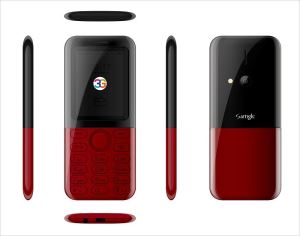







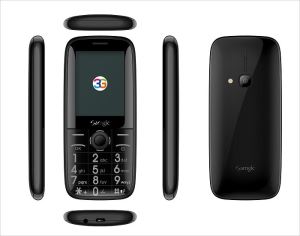
 Favorites
Favorites
